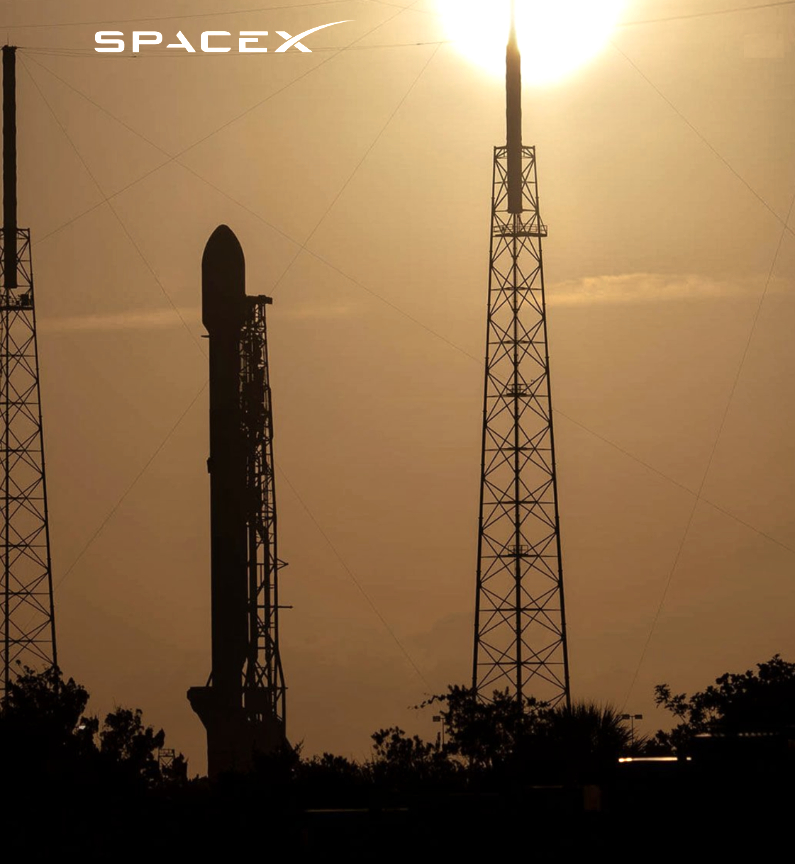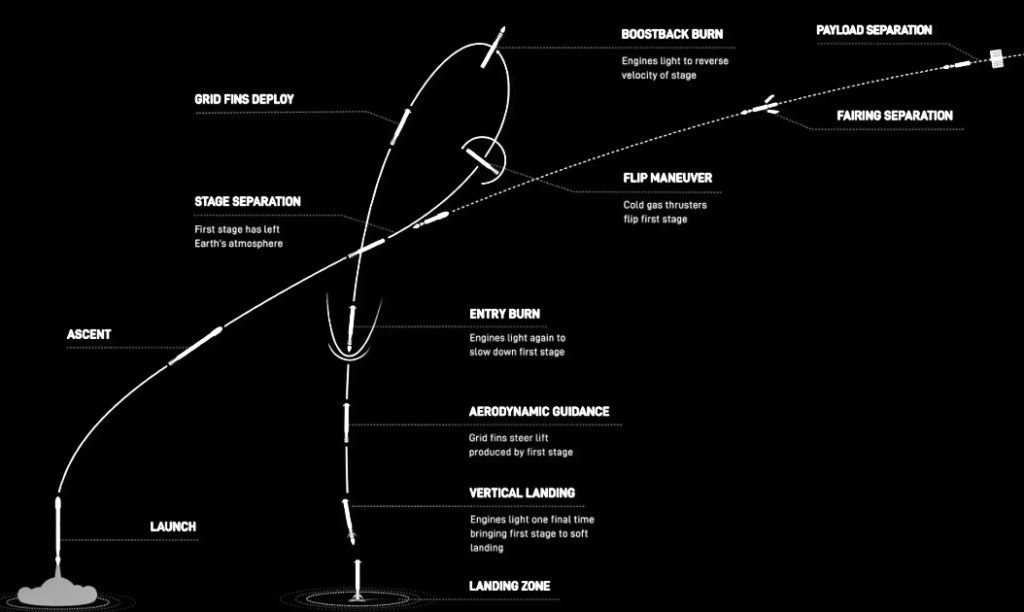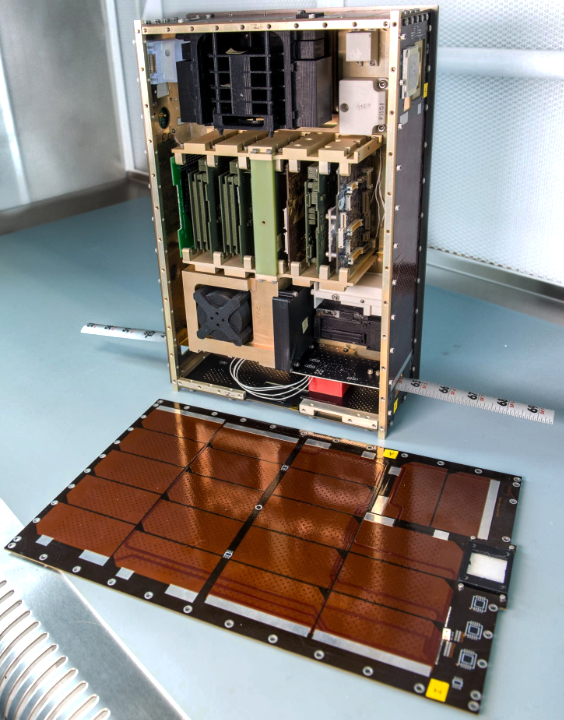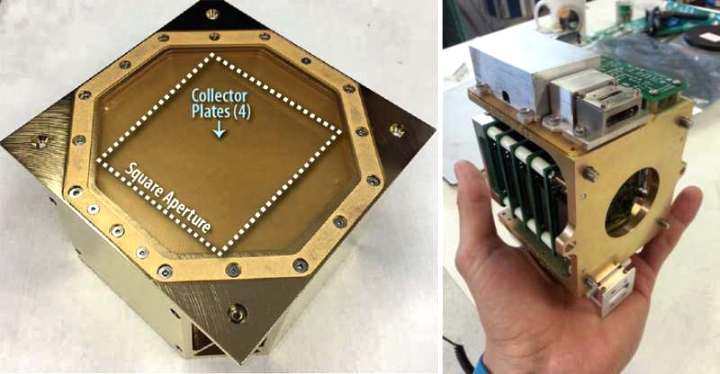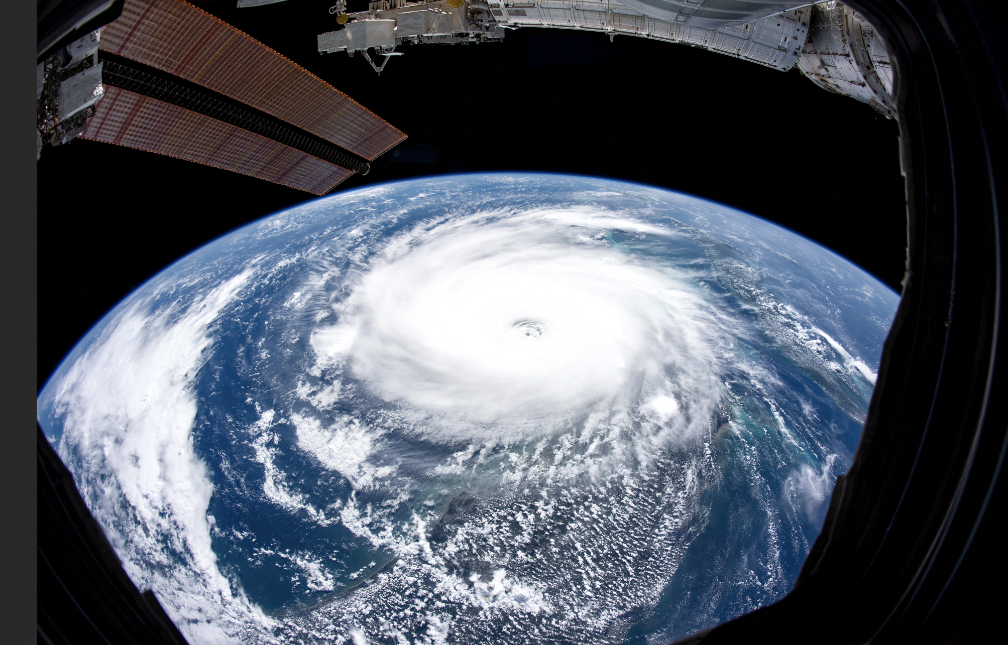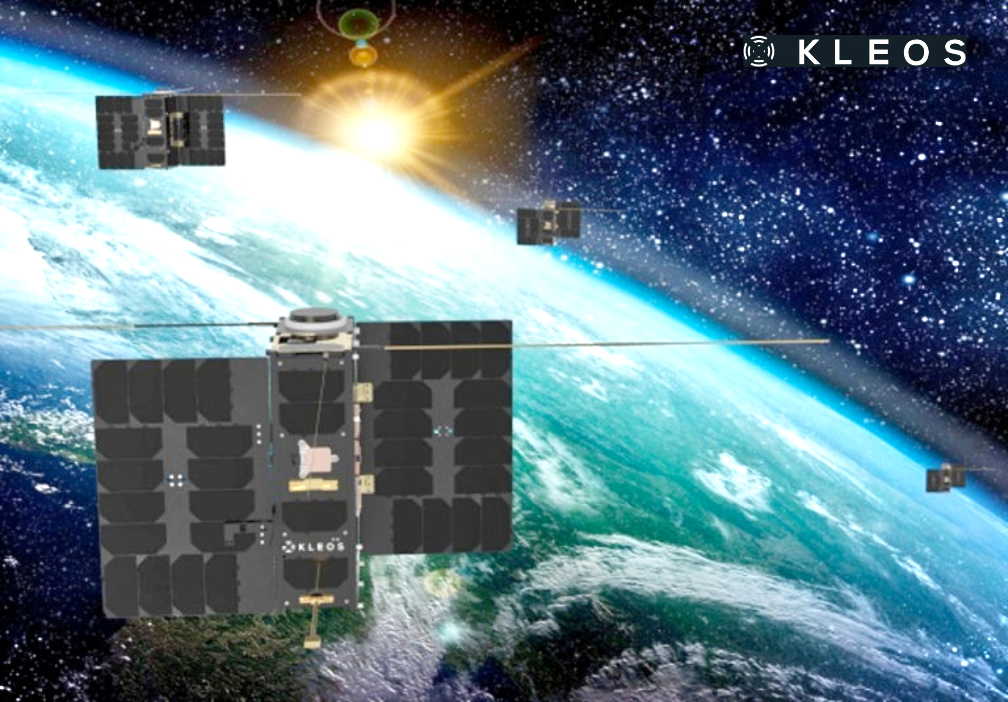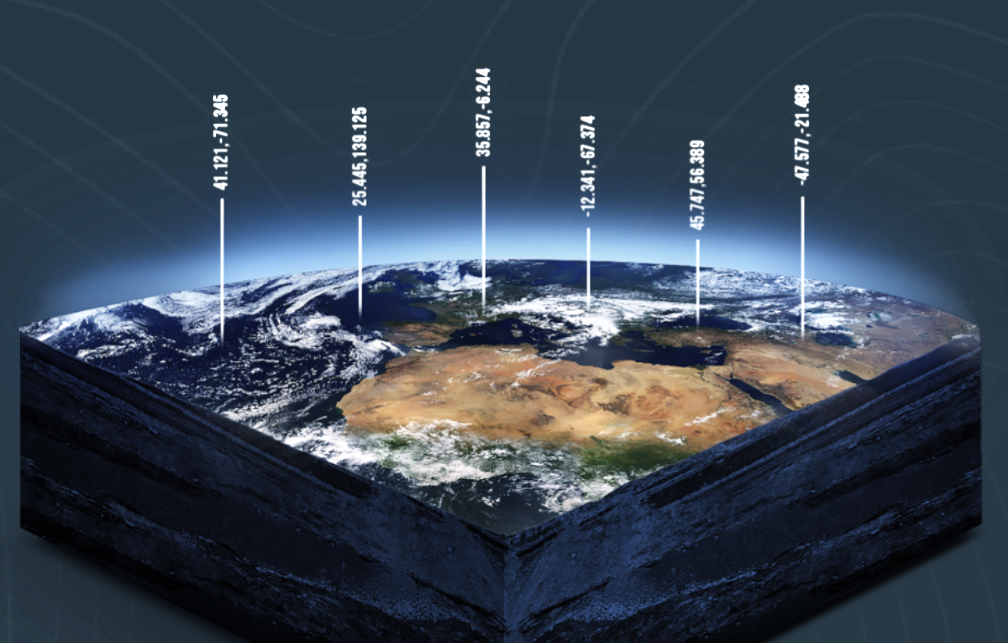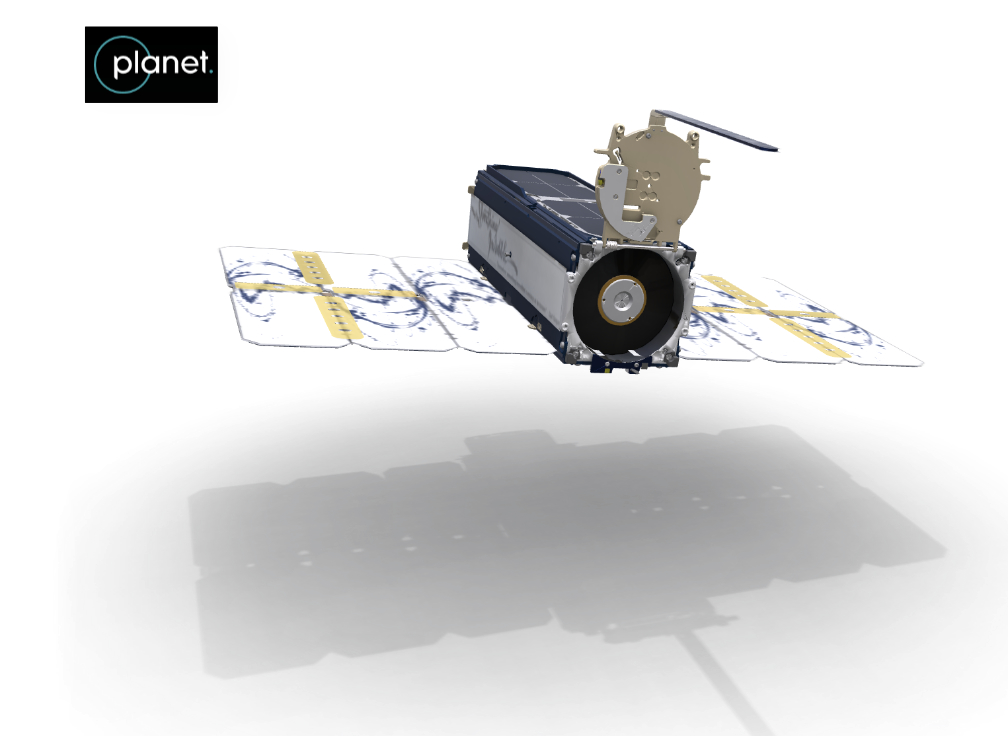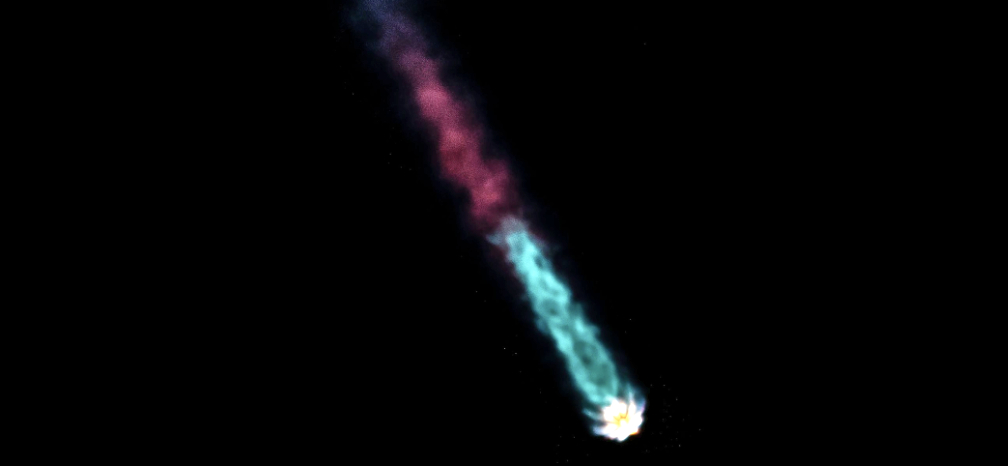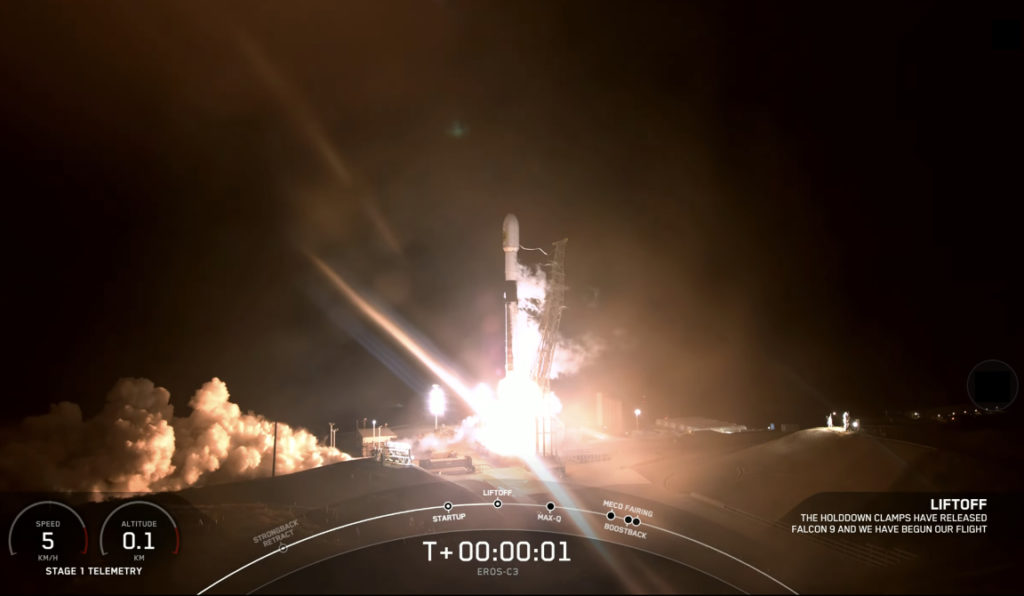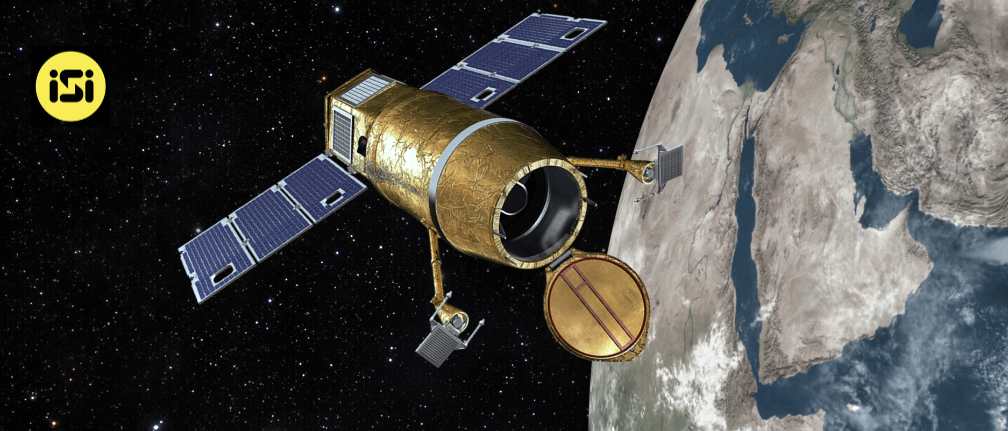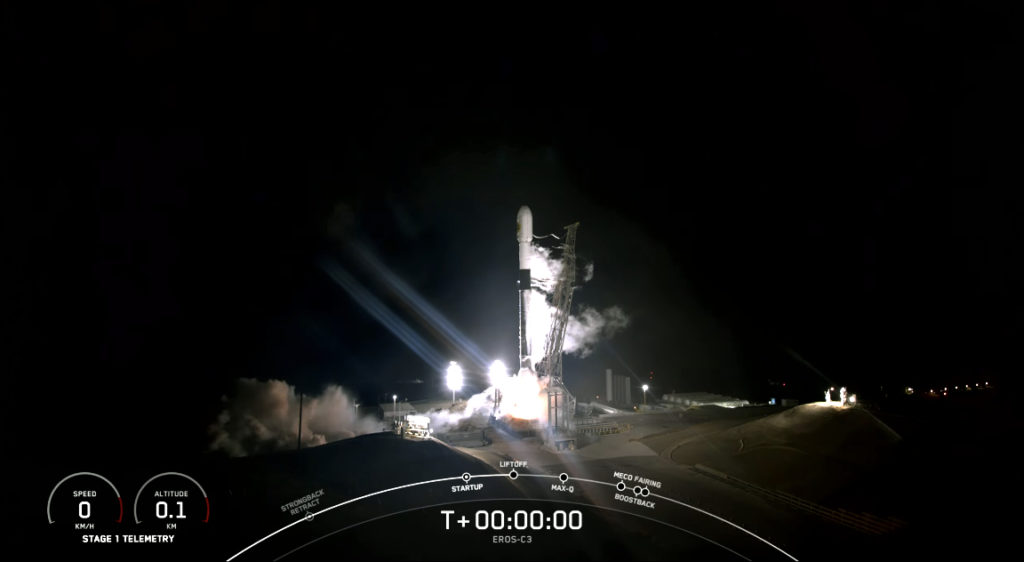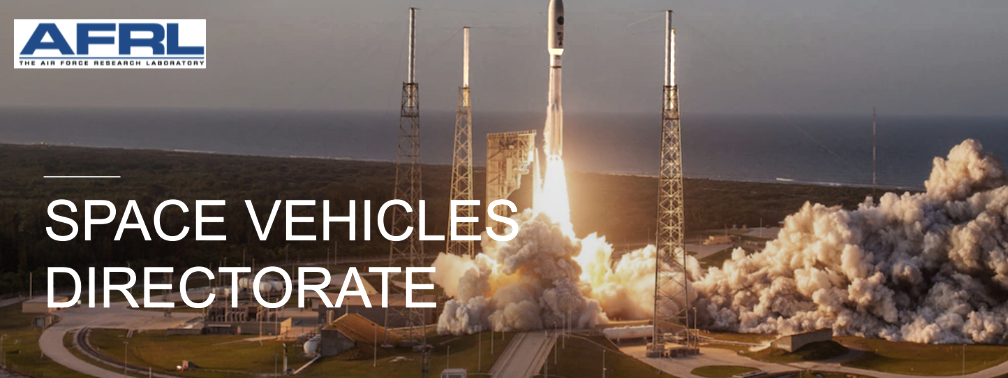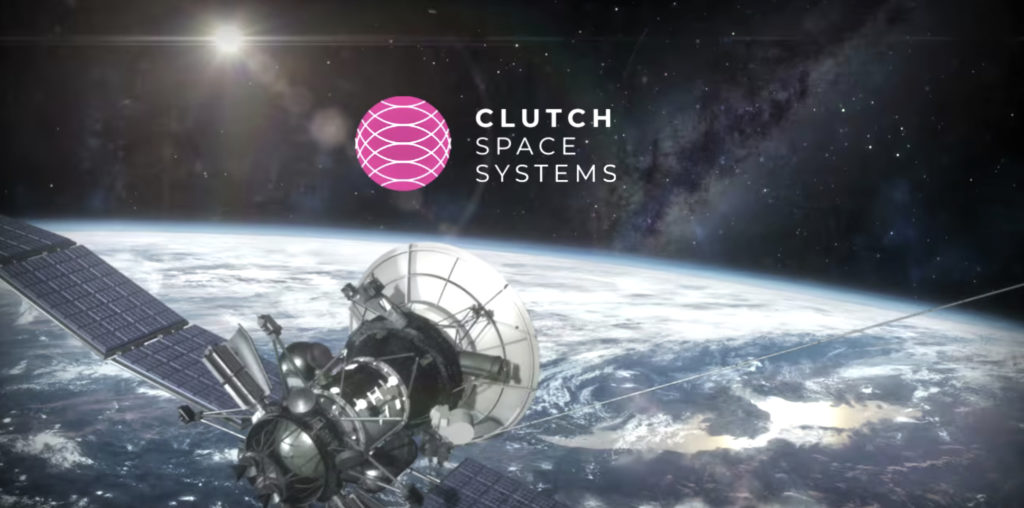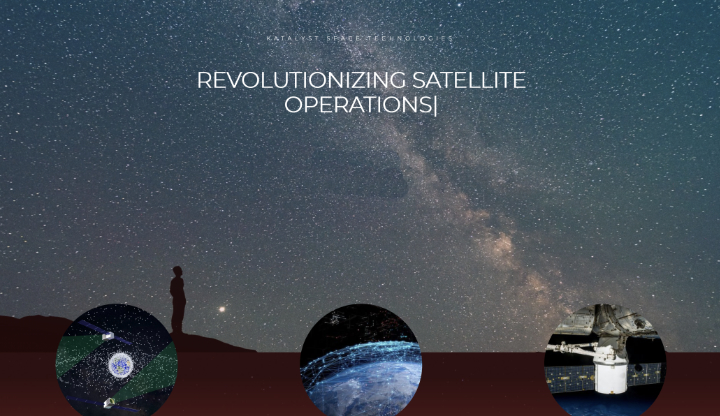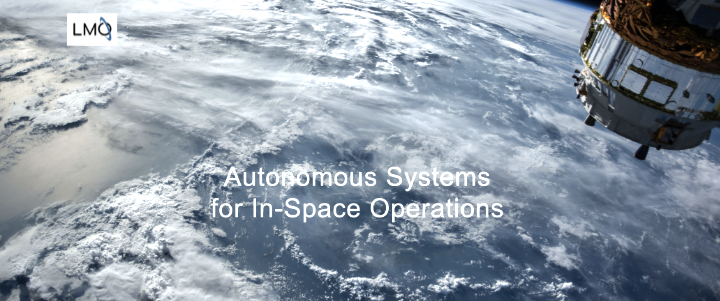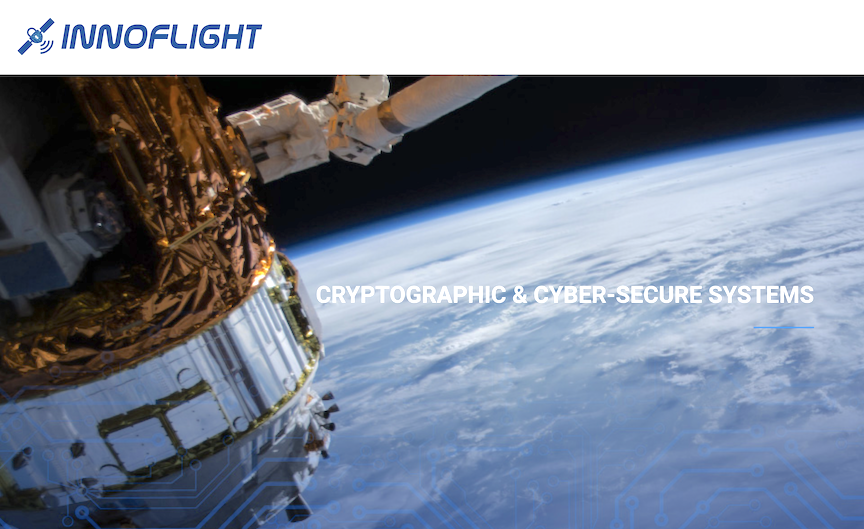
Innoflight was awarded over $5M in government contracts to radiation-harden and cyber-harden advanced terrestrial sensor payloads for space. Within Department of Defense (DoD) space programs, there is a significant interest in leveraging affordable, advanced, and low size, weight and power (SWaP) avionics systems for use in proliferated Low Earth Orbit (pLEO) space sensors and seekers on aerospace vehicles. This approach allows the DoD to rapidly adopt advanced software-defined and reconfigurable sensor payloads to respond to emerging threats. Innoflight’s contracts cover the entire scope of these payloads, including the sensor, read-out electronics, edge processing and power electronics and will leverage Innoflight’s expertise to space qualify Commercial Off-The-Shelf (COTS) technologies for mechanical, thermal, electromagnetic and radiation requirements.

A key element of Innoflight’s space qualification is a systems-engineering focused, multi-layer mitigation of both natural and man-made threats to the payload’s electronics and embedded systems. The largest of the government contracts emphasizes the requirement to harden against cyber threats.
“Innoflight has built upon its breadth and depth in radiation mitigation of advanced secure communications, networking and processing solutions for responsive space; furthermore, we have taken our expertise and experience in information assurance through multiple U.S. Government Information Assurance cryptographic solution certification programs to build a comprehensive cyber capability called CyberDog” states Jeff Janicik, Innoflight President and CEO.
CyberDog actively protects all communications between the spacecraft and external entities, including Internet Protocol (IP) traffic. For IP traffic, CyberDog selectively calls upon Intrusion Detection System (IDS) routines to quarantine dangerous data or suspicious outbound traffic for further analysis. The CyberDog algorithm can be tuned to provide high-assurance encryption services to protect sensitive mission data. Finally, CyberDog monitors the internal behavior of the system in real‑time. The proprietary algorithm will monitor for sudden changes in the behavior of the system and rapidly discriminate the change event as an attack or anomaly. CyberDog will meet the attack based on threat condition, programmed rulesets, or updates from an external command and control node.
These contracts will produce prototype hardware that has completed qualification testing and ready for on-orbit demonstration.

